Studies in Semitic Grammaticalization
This groundbreaking study examines the historical development of the Semitic languages from the point of view of grammaticalization, the linguistic process whereby lexical items and constructions lose their lexical meaning and serve grammatical functions. The author first provides an introduction to this process, followed by a comprehensive overview--with abundant examples from ancient and modern languages--of how it is exemplified in Semitic. Three successive chapters are devoted to in-depth studies of specific cases of grammaticalization: the definite article in Central Semitic, direct object markers across Semitic, and present tense prefixes in modern Arabic and Aramaic dialects. Drawing on evidence from many non-Semitic languages, from recent developments in the field of historical linguistics, and from traditional comparative Semitics, this book represents a major contribution to the field of comparative Semitics.
{{comment.content}}
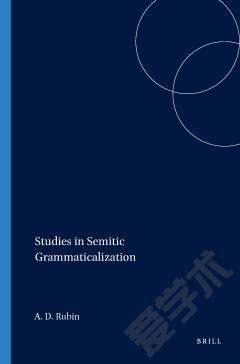
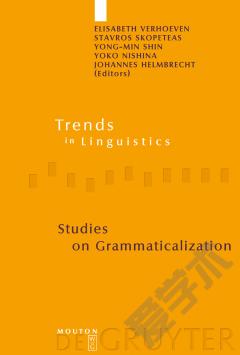
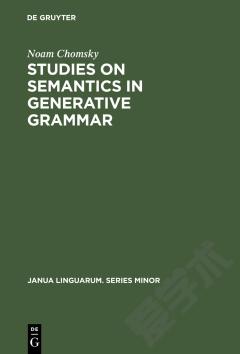
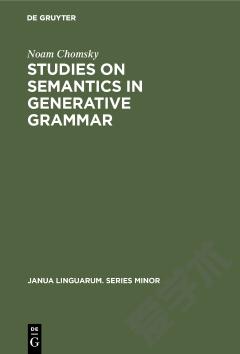
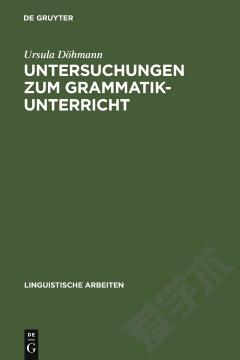
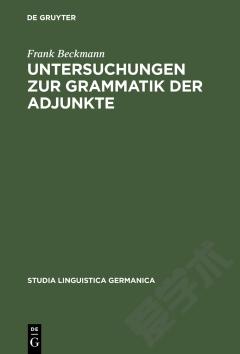


 京公网安备 11010802027623号
京公网安备 11010802027623号